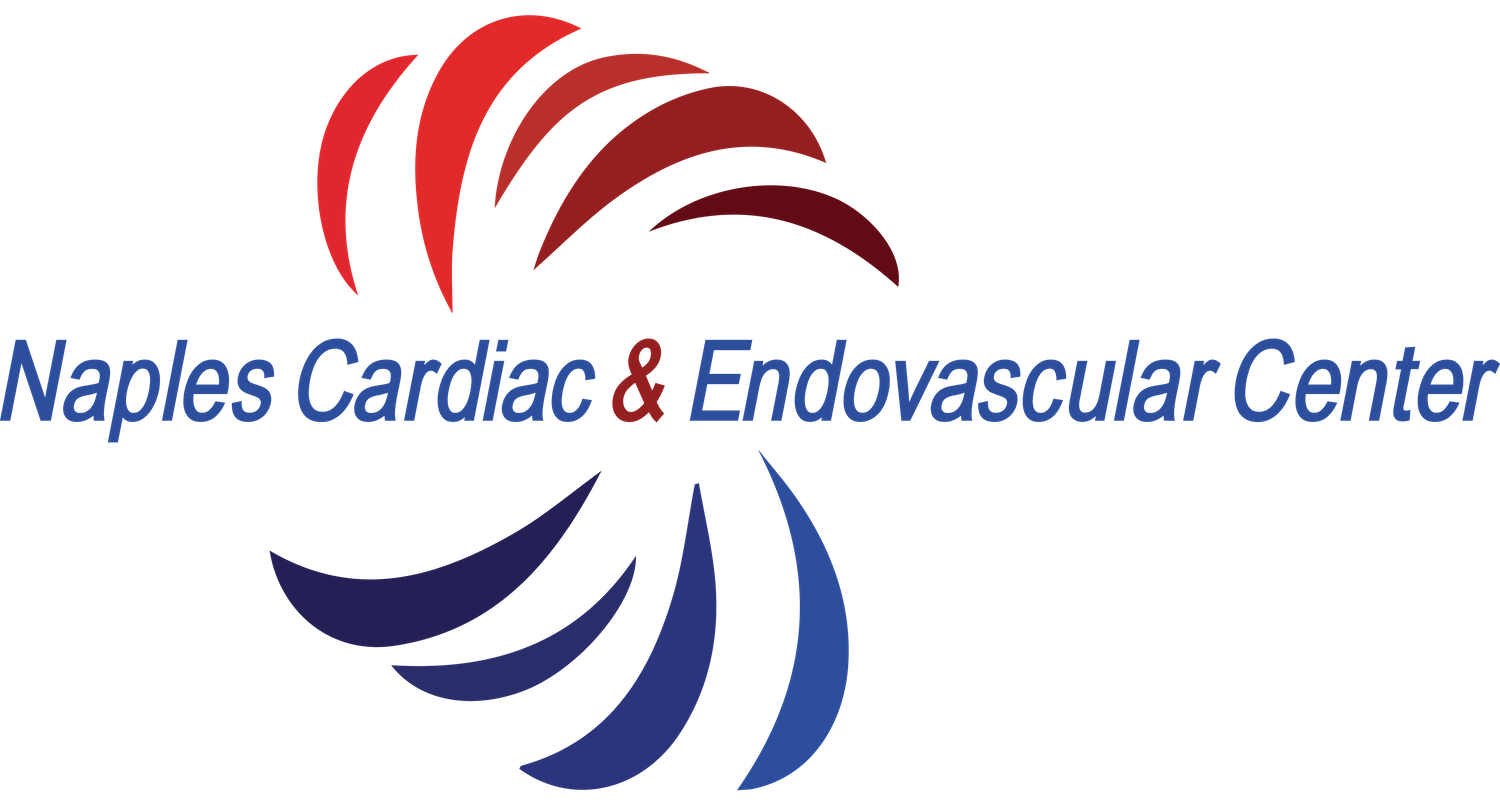What is laser atherectomy?
Laser atherectomy is a minimally invasive endovascular procedure used to treat peripheral artery disease (PAD). PAD is a condition that occurs when plaque builds up in the arteries, which can restrict blood flow to the limbs.
Laser atherectomy uses laser energy to vaporize plaque and other debris from the arteries. This helps improve blood flow and symptoms associated with PAD.
Laser atherectomy is typically performed in combination with other treatments, such as balloon angioplasty or stenting. The procedure is safe, effective, and has a low risk of complications.
Dr. Leandro Perez discusses laser atherectomy - a minimally invasive treatment for peripheral arterial disease.
Who is a candidate for laser atherectomy?
Candidates for laser atherectomy are typically patients with PAD who have not responded to conservative treatments, such as lifestyle changes and medication.
How is laser atherectomy performed?
Laser atherectomy is generally performed using a local anesthetic. A small incision is made in the groin area and a catheter is inserted into the artery. The laser fiber is then passed through the catheter and positioned at the site of the blockage.
The laser is activated and delivers energy to the plaque, which vaporizes it. The debris is then flushed away with saline solution. The procedure typically takes less than an hour to complete.
How to prepare for laser atherectomy?
Your doctor will likely order a series of tests to ensure you are a good candidate for laser atherectomy. These may include:
An angiogram to visualize the blockage
A CT scan or MRI
Blood tests
You will also be asked to stop taking certain medications, such as blood thinners and aspirin, for some time before the procedure.
After the procedure?
Most patients are able to go home the same day as their laser atherectomy. You will be asked to rest for a few days and avoid strenuous activity. Your doctor will also prescribe medication to help reduce the risk of infection.
In some cases, a stent may be placed after laser atherectomy to help keep the artery open. Your doctor will discuss this with you beforehand.
If you've been suffering from angina or claudication and haven't found relief from other treatments, laser atherectomy may be an option for you. To learn more, contact Naples Cardiac & Endovascular Center today.
To request an appointment click below or call (239) 300–0586


